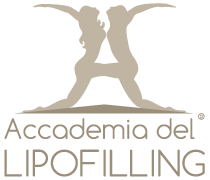Liposuction is a surgical intervention that is designed to remove excess adipose tissue (fat) from certain areas of the body, without appreciable scarring. The operation is especially beneficial when fat is removed from the upper thighs, abdominal region (fat accumulation below the navel), flanks (the so-called “love handles”), the inner side of the knees, or below the chin.
The operation
Liposuction is performed in an operating theatre that conforms to the highest sterility and patient safety standards. It may be performed under local, spinal, epidural, or in rare cases, general anaesthesia. Spinal or epidural anaesthetics numb the pelvic region and lower limbs while the patient remains conscious.
The operation involves the removal of excess adipose tissue via a cannula attached to an aspiration (suction) machine. The cannula is inserted into the subcutaneous fat through a small incision near the area to be corrected, and then pushed under the skin to the site of the excess fat. The cannula is the moved around to break up the fatty tissue so that it can be more easily “hoovered up” by the machine. Although the surgeon will perform this procedure as gently as possible, this movement can result in localised bruising, which may persist for a short period after the operation. For roughly 30 days after the operation, the patient will also need to wear elastic compression tights to ensure that the affected area heals correctly.
FAQs:
What kind of anaesthesia is used?
Local, spinal/epidural or general anaesthetic
How long does the operation take?
30 minutes – 3 hours
How long will I have to stay in hospital?
0 – 1 day
When can I resume my normal social activities?
1–2 weeks
